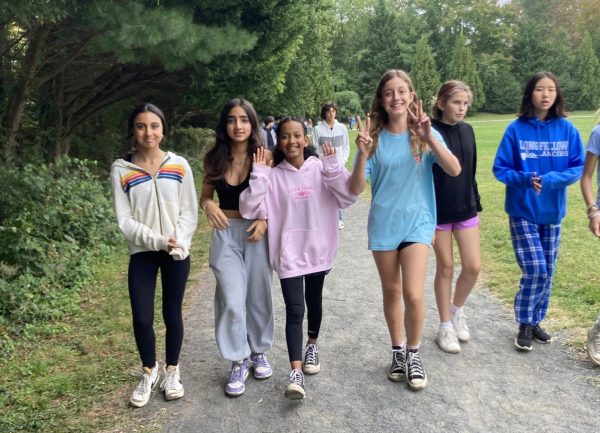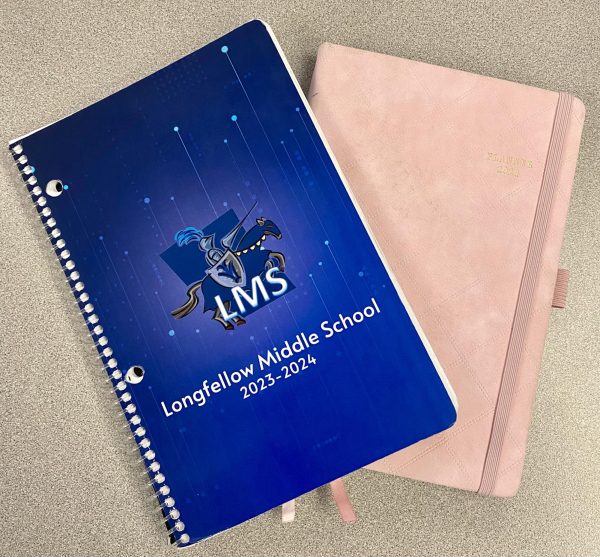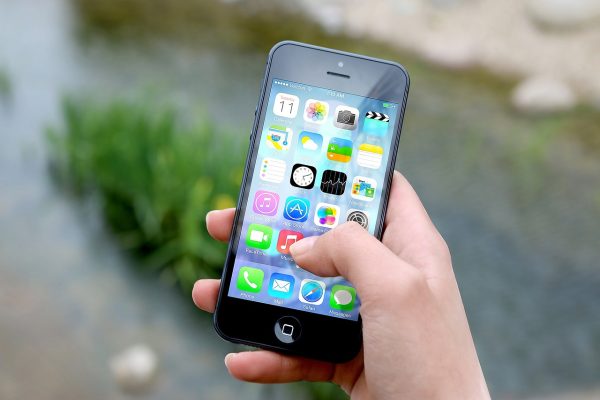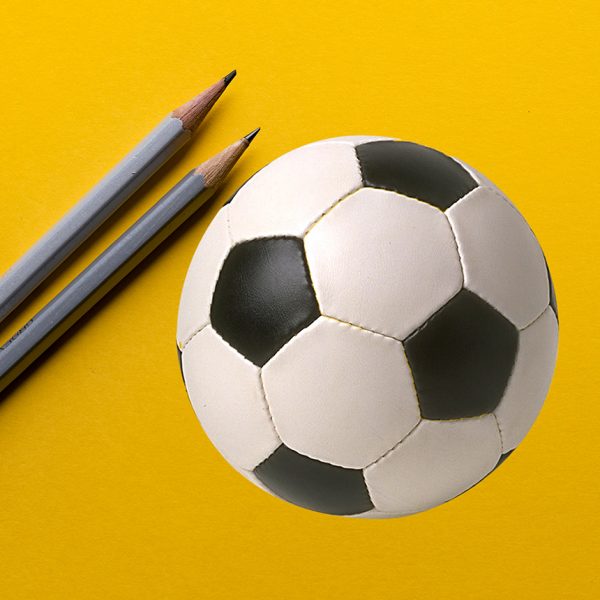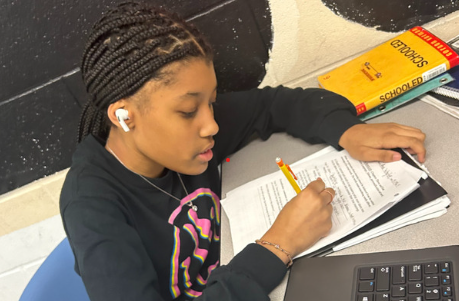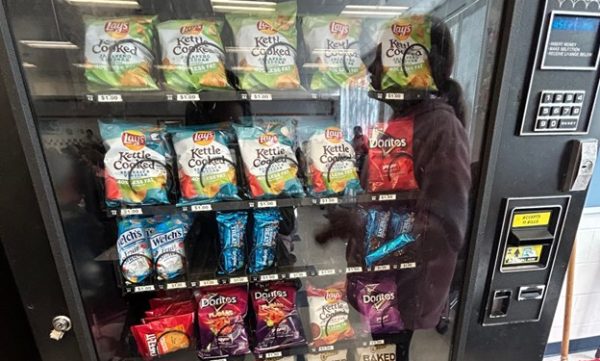Staff, Students Reflect on Move From Virtual to In-Person Learning

Photo by By Jean Y., Courtenay K, Tara M., and Ela P.E.
Students are following Longfellow Middle School’s Coronavirus precautions, hoping to continue in-person learning.
After completing the first semester of in-person school in two years, Longfellow students and staff reflect on the transition from learning and teaching virtually to going about school life in person.
Many struggles with virtual learning made last year’s online school difficult. Teachers had to learn new skills and change their curriculum to fit the needs of their students.
Mr. Bradford, a seventh grade biology teacher, found it especially difficult to recreate hands-on activities and science labs in a virtual environment.
“There have been big adjustments in the curriculum, and particularly for the changes in science. We’re supposed to be hands-on, but it was impossible to do most of what science should be about,” he said.
Teachers who have been around a long time and were comfortable with their curriculum needed to rethink things and make changes. Mrs. Freeman, a math teacher at Longfellow Middle School, had to change her geometry curriculum by assigning an algebra test to her students every quarter.
“Even though I thought we had learned all we needed to learn, Mrs. Postlethwait and I, we’ve realized we didn’t learn it deeply enough,” said Freeman.
Principal Jim Patrick, who started during online school in 2020-2021, was up for the challenge. He feels it is important to be open-minded to obstacles thrown our way.
“I think it’s just about being flexible–knowing things can change, like finding out that our next snow day will be virtual, we never did that before. So it’s learning how to be flexible, be adaptable, and think outside the box for situations in front of us that we’ve never encountered before.”
Being back in the building is a relief for most teachers. Having in-person classes allows teachers to know which students are participating and completing their work. They can be sure that students are listening to the lessons and not “ghosting.”
“It was certainly nicer to at least get to see people’s eyes and know that they were listening. When it was all virtual, students had gotten in the habit of not turning on their cameras at all. So I was just teaching to a computer, and I had no idea whether they were listening to me or turning off their cameras and taking a nap,” Mr. Bradford explained.
Though she doesn’t like to wake up so early in the morning, eighth grader Lucy N. believes in-person learning allows for more social interaction.
“I like talking to people,” she said, “and how easy it is to go up to a teacher and say ‘hey, I didn’t understand this.'”
Mrs. Freeman agrees that teaching in person makes it easier for teachers to know when students are having trouble understanding the material.
“I can see in body language, people who I know get it. If they are looking like ‘I’m not getting it,’ it’s a good signal to me that I need to say it another way,” she explains.
Dr. Patrick pointed out that all of our lives were flipped around about eighteen months before this school year started. Although it may be challenging, he thinks students are doing an incredible job maintaining Coronavirus guidelines and safety protocols.
“I would say that I’m really proud of all the students this year,” says Dr. Patrick.
Even with the highs and the lows of in-person learning, students and teachers alike can agree that it’s important to wear masks and follow Coronavirus guidelines to maintain in-person learning.
“[Students] are happy to be back; they are working hard to stay back,” says Mrs. Freeman.



